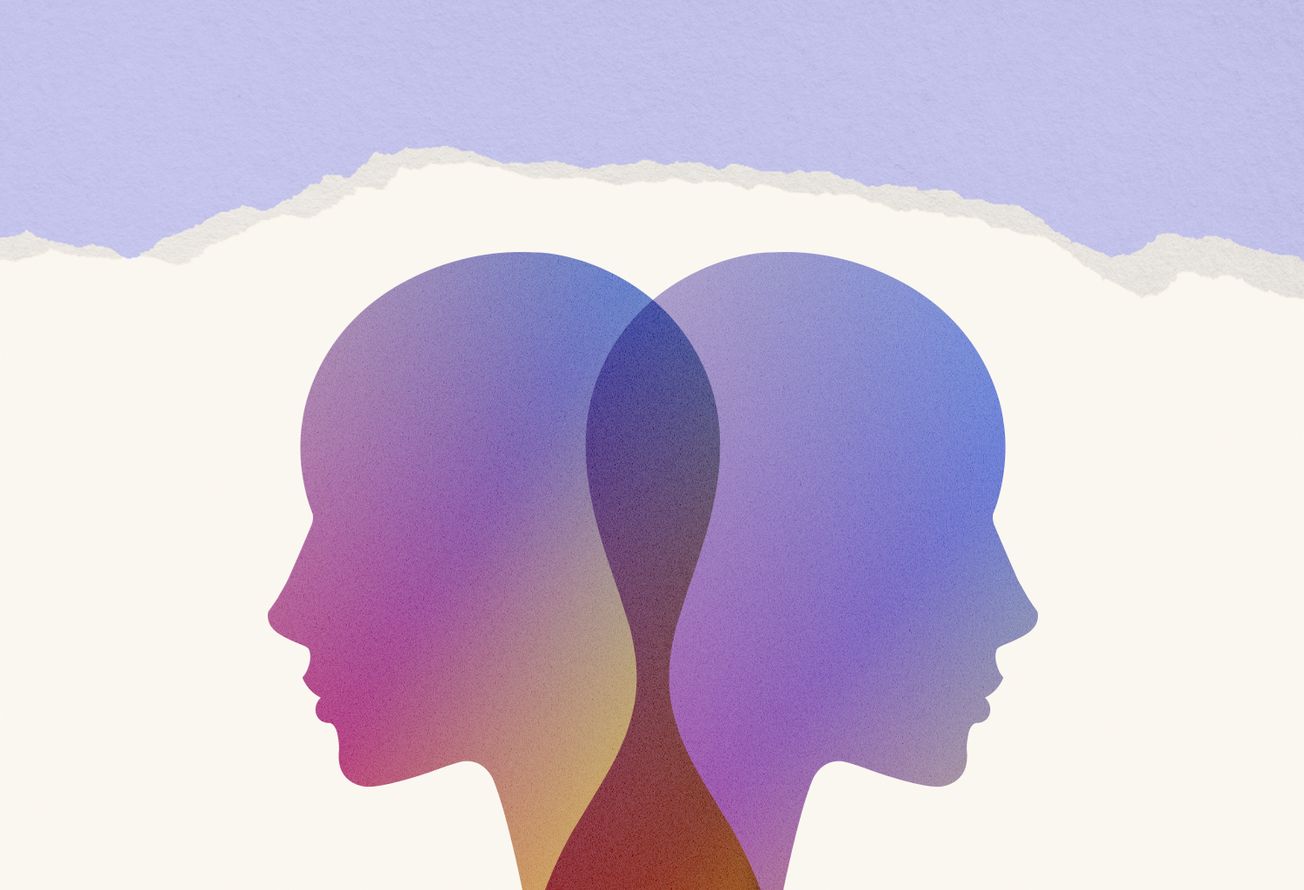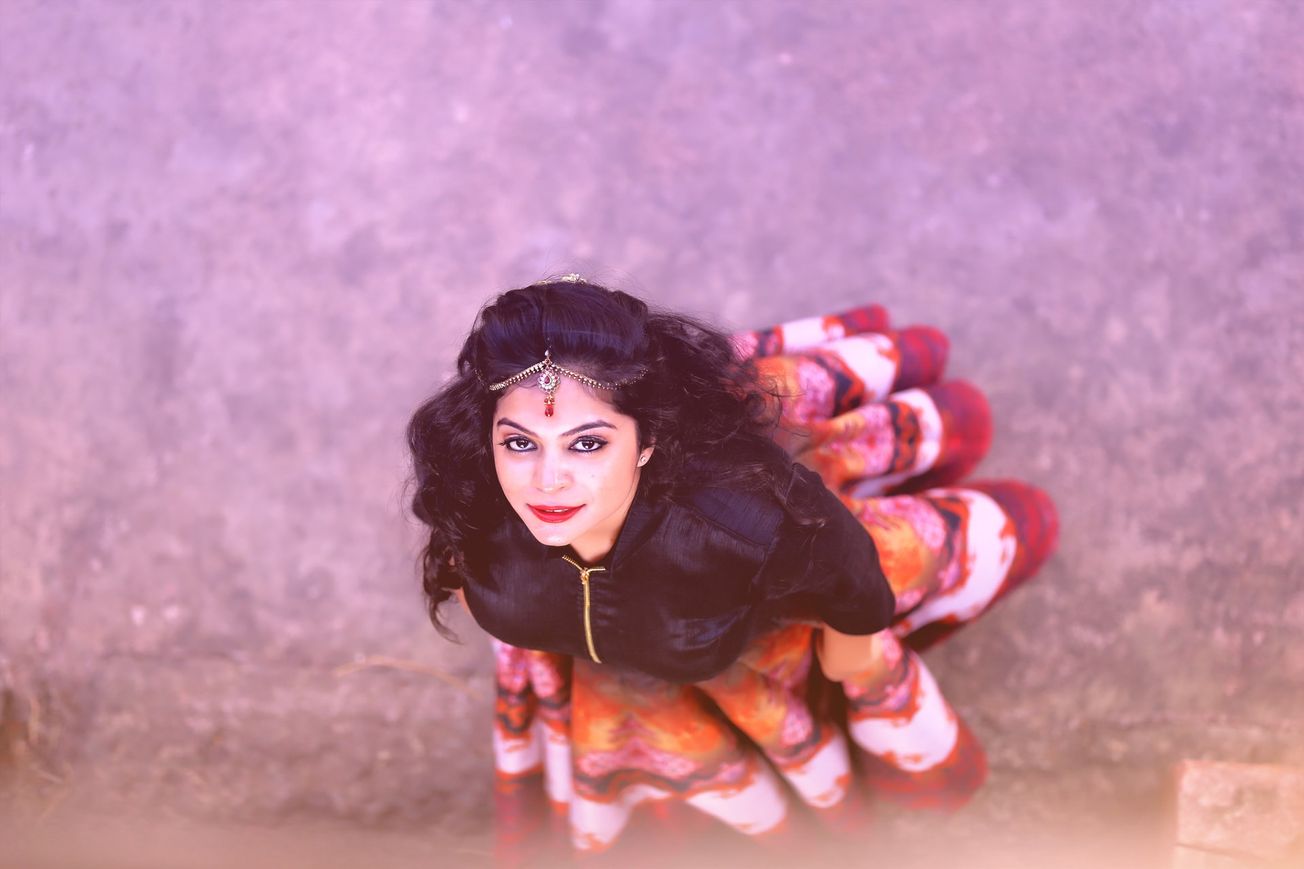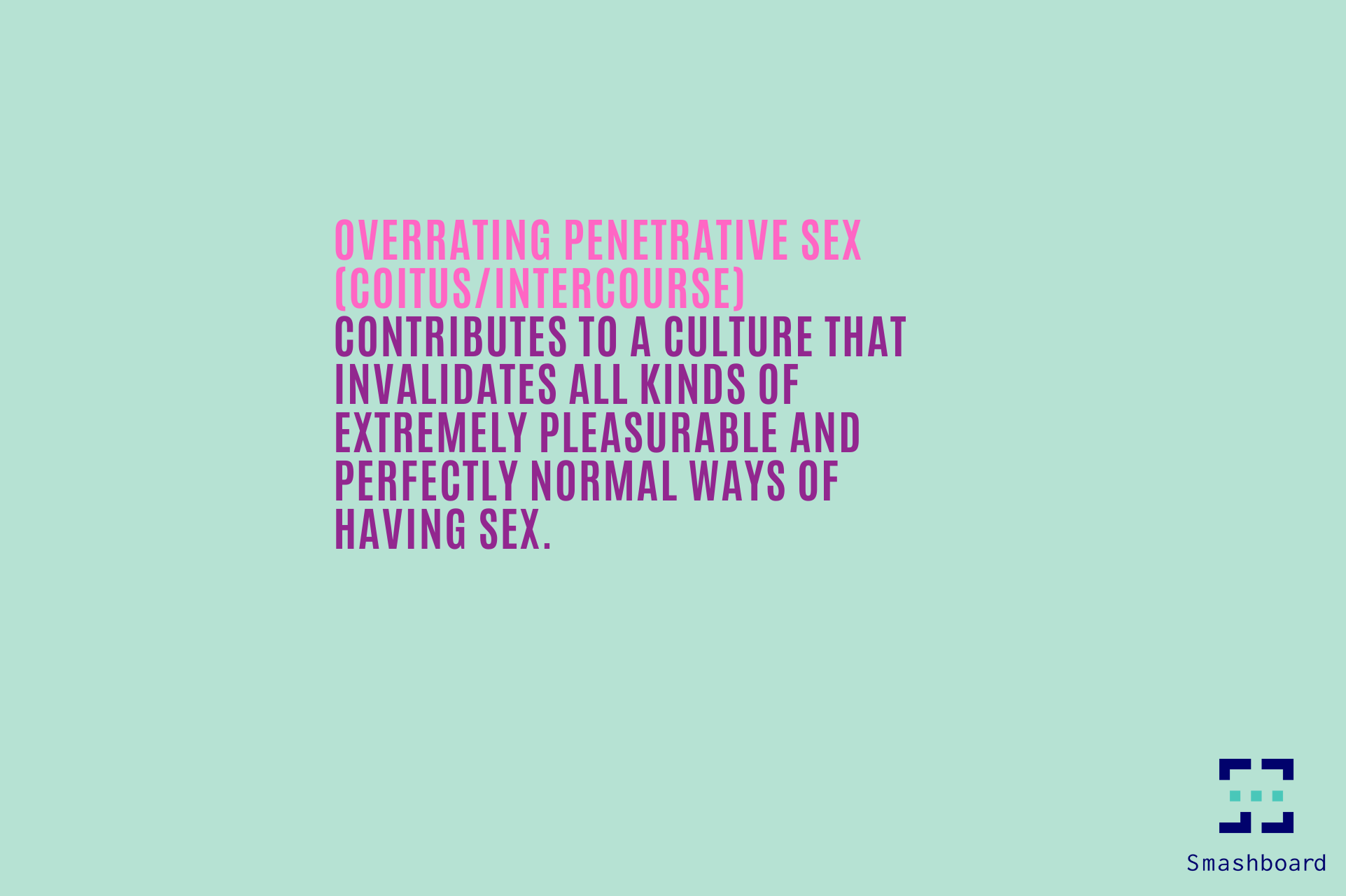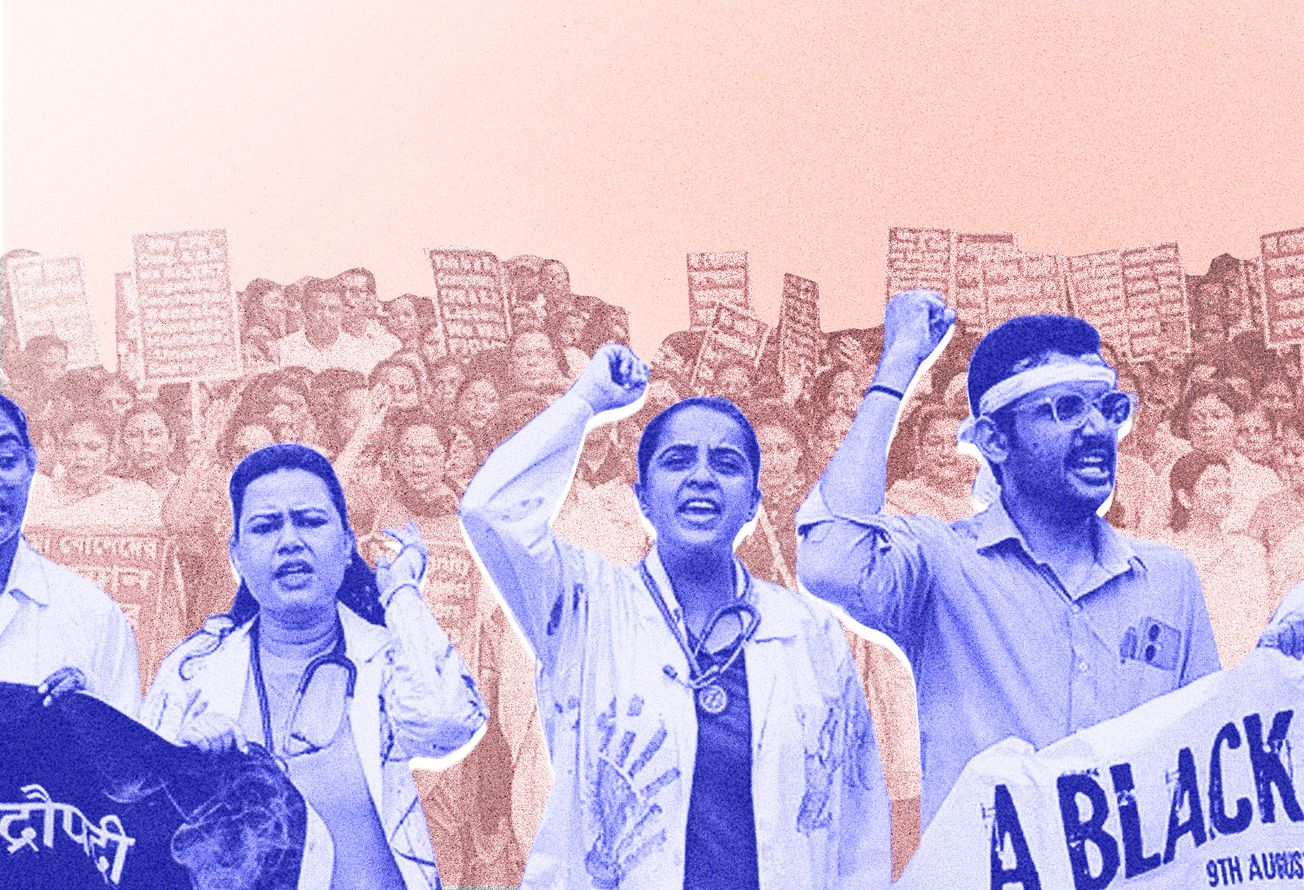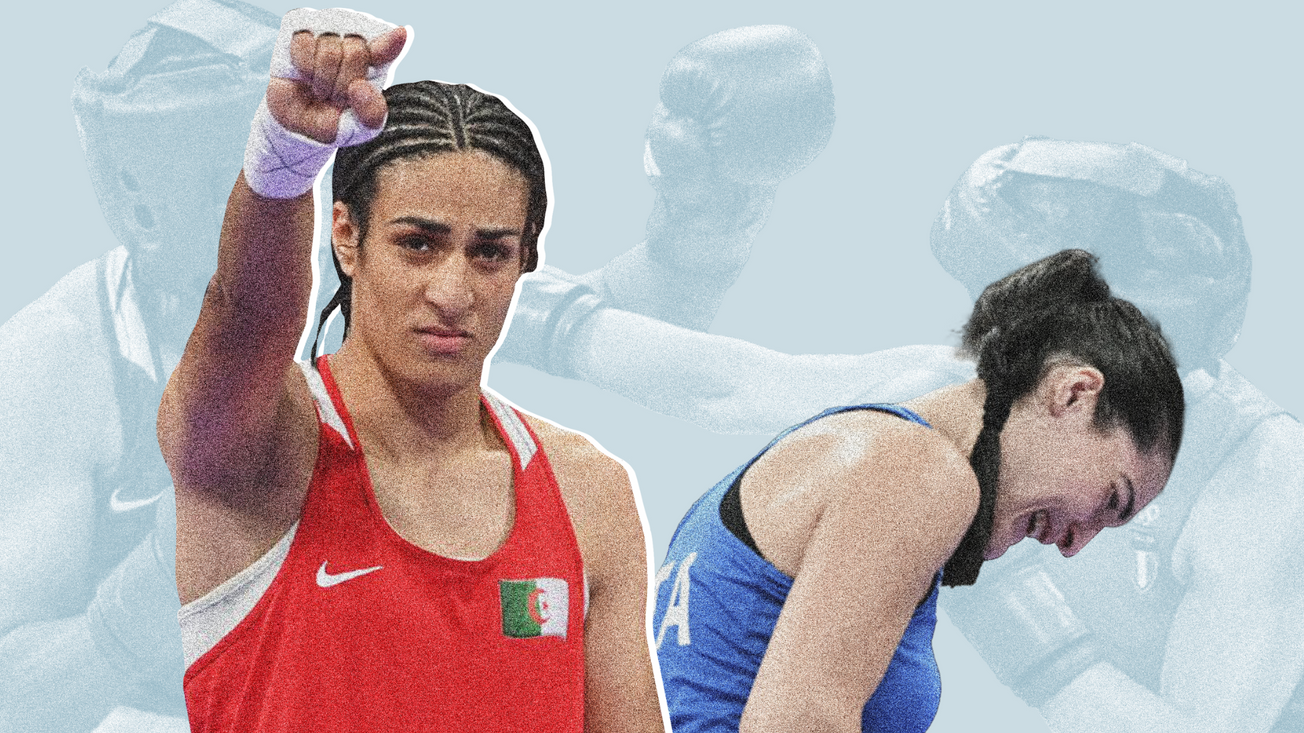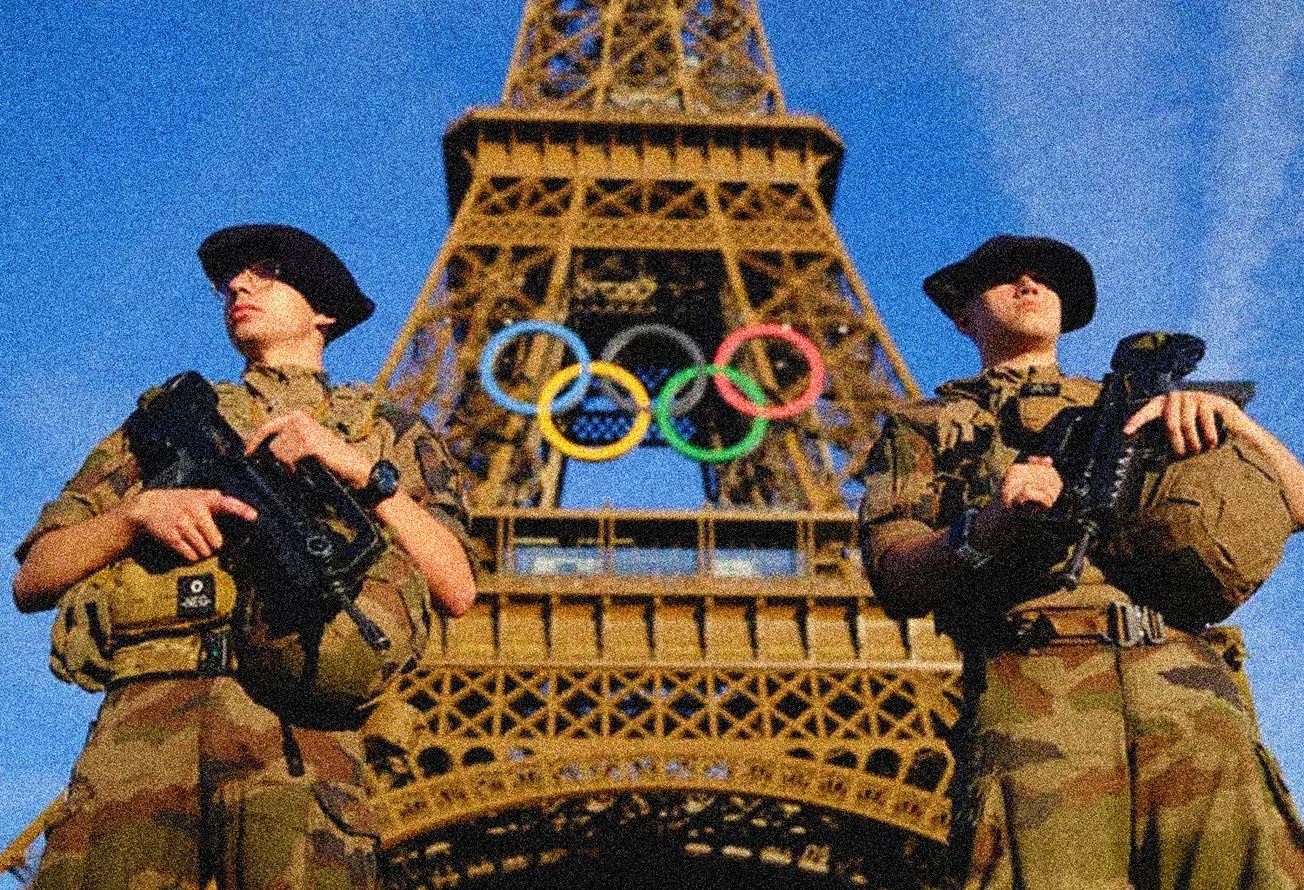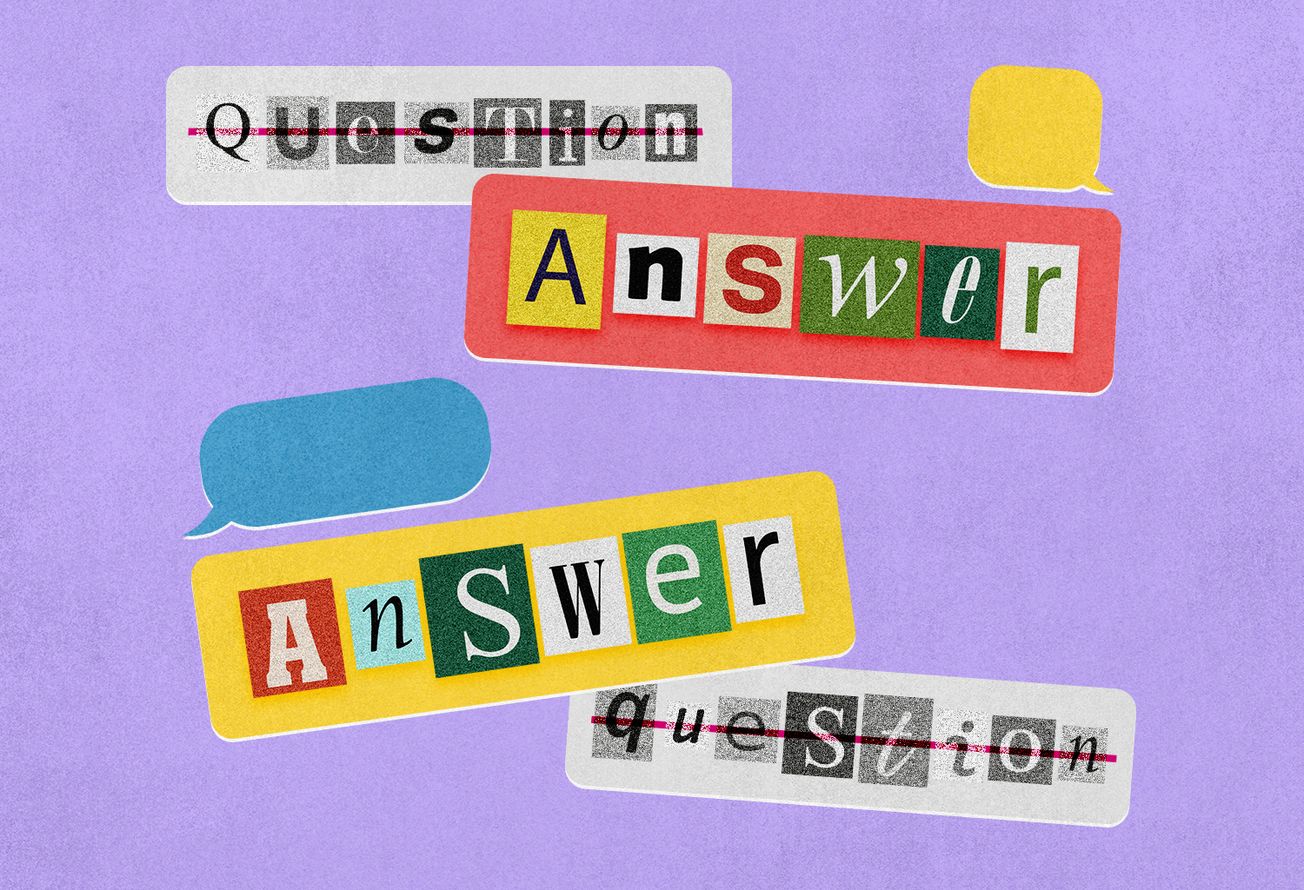June is the month of Pride in all the vibrancy of the rainbow. It’s when my social media activism for all things queer reaches a peak. My heart rejoices as I see the growing visibility and acceptance of the LGBTQIA+ community around the world and in our subcontinent as well. I cheer as the community takes baby steps towards legal reform and greater sensitization of a still largely queer-phobic society. I seethe with indignation when they are harassed in the name of tradition and misguided laws.
Invisible to all, however, my mental health plummets towards an inevitable greyness. Notice how I present myself as an ally; how I refer to the community as ‘they’ but gloss over the fact that I am part of that same community—I am bisexual. After arm-wrestling with my identity for decades, I submitted to it somewhere in my early twenties. Another decade has passed since and I’ve stood staring at the rainbow gates, still wondering if I’m allowed to go in.
I routinely traverse a minefield of reminders that I am living a double life. While I put on my best online activist hat and pontificate about queer rights being human rights, I deliberately omit doing so from the stance of a queer person. I am what you might term ‘partially closeted’. People who matter to me—a small group of family and friends—know about it. I’ve occasionally broached the subject with my parents too but they feign disinterest. As for the rest of the world, I can still be passed off as just an overtly vocal ally. I have not yet had explicitly phobic exchanges on coming out to anyone. The most I’ve had to handle has been a mildly mystified nephew. My compulsions for choosing the closet stem from a different place—I keep phasing in and out of that liminal space where I lapse back to resisting my sexuality. On some days, I am an expansive ocean letting the seas of all my expressions mingle freely. On other days, I’m all dammed up and my ocean is a dry bed of calcified shame.
Out or not, I educated myself about the movement. That is when I came across alarming statistics. Not only does the LGBTQIA+ community have a high rate of mental health obstacles, it’s among bisexual people that suicide rates are higher than gay and lesbian people within the community. From stress, anxiety, depression, and mood disorders to impostor syndrome, bisexual people struggle with most of them. And even though bisexual folx happen to make up the majority of the LGBTQIA+ community, they (I am still getting used to saying “we”) are the least represented.
As for me, long before encountering bi impostor syndrome (a feeling of inauthenticity or a fraudulent sense of one’s selfhood) I had to walk the precarious path of struggling with my internalised homophobia: a sombre aspect that is often lost in translation as queer people try to hold up their pride flags. This corrosive bias runs deep. As children of four or five, when we engage in an open, curious exploration of our bodies and engage with our peers, we are not tied down by notions of gender and sexuality. In that space of infinite possibilities, we bond with anyone who agrees with our intricate worlds of make-believe.
Eventually, our parents, teachers, family, or neighbours rush in with their heteronormative conditioning. Wherever a child looks, it gets the implicit message of how “opposite things attract”. I am a child of the nineties. Let alone queer visibility or representation in pop culture, our mainstream media was rife with blatant objectification of women and misogyny. Ironically, one of the earliest Hindi songs I learnt was “O Lal Dupatte Wali”, not realizing it was glorifying eve-teasing.
This systematic hammering of toxic notions of gender and sexuality weans many of us out of our natural instincts. Gradually, I began outgrowing parts of myself. I forgot about my kindergarten best friend, a girl, and the ensuing separation anxiety when I had to change schools. I outgrew any physical expression of affection towards my girl-friends, even holding hands. As I eventually reached my pre-teens my brain just bleeped out any attraction I felt towards girls.
By the time I was poised to enter adolescence, the oblivion was deeply entrenched. My infatuations for boys were passionate but I made nothing of the occasional flutter caused by a girl or of the fact that I adored Kate Winslet with as much zeal as I did Leonardo DiCaprio. My initiation into heteronormativity was close to being absolute. I even casually partook in homophobic chatter in school where ‘sissy’ boys were mocked by the class stud, or the word ‘lesbian’ was given an overtly erotic undertone.
At the age of sixteen, when I did face my sexuality again, it was a confrontation. Things went a little haywire as the raging of my hormones coincided with my shift from a co-educational to an all-girls school. Until then, unsafe with my bodily impulses, I would resort to repressing physical experiences but eventually, I was forced to reckon with a part of me that was impossible to be defeated in a subconscious fisticuff.
I was utterly petrified of my sexual attraction to women. Already mortified of being attracted to anyone at all, thanks to a conservative upbringing, to think I felt whimsical urges to kiss girls was excruciating. My confused feelings about sexuality meant I actively warded off physical intimacy with any gender as long as I could.
Life at college gave me a slight breather by providing a wider intellectual context to reframe my worldview. I remember how my insides churned with thrill at my growing awareness. Oscar Wilde, Emily Dickinson, DH Lawrence, and Alice Walker—not only was I not alone, I was in hallowed company.
Yet the first time I heard someone in real life declare they were bisexual, my brain recoiled—"that is just twice as much sexual!” It was only when I read Jeanette Winterson and discovered her delicious portrayals of how fluid yearning could be that I relished who I was. During those heady days, I enjoyed randomly shocking people by bringing up my sexuality. Nonetheless, my enquiry into my desires were superficial at best.
I still could not envision myself with a woman in the entirety of a relationship. The most I would allow myself were really intense friendships. Though their loss would cause me bigger heartbreaks than most relationships ending with men could. My romantic and sexual encounters had mostly been with heterosexual cisgender men. In a culture that overtly eroticised same-sex relationships, I often ended up reducing my feelings to their sexual component and letting the bile of the subsequent shame consume me.
After almost three decades of actively negating the bisexual in me, I was able to finally take a hard look at myself with the help of a queer affirmative psychologist. I fully accepted that my denial had wrought significant damage on my sense of identity and self-worth and had scarred my mental health. With years of repression and denial, the impostor syndrome had crept up on me, as it often does for many others too—like a collateral inherent in the nature of the bisexual experience. Perhaps after the pandemic ends, I’ll find myself finally attending my first Pride March, waving a florid “We are here! We are queer!” flag, and not questioning whether I belong.




